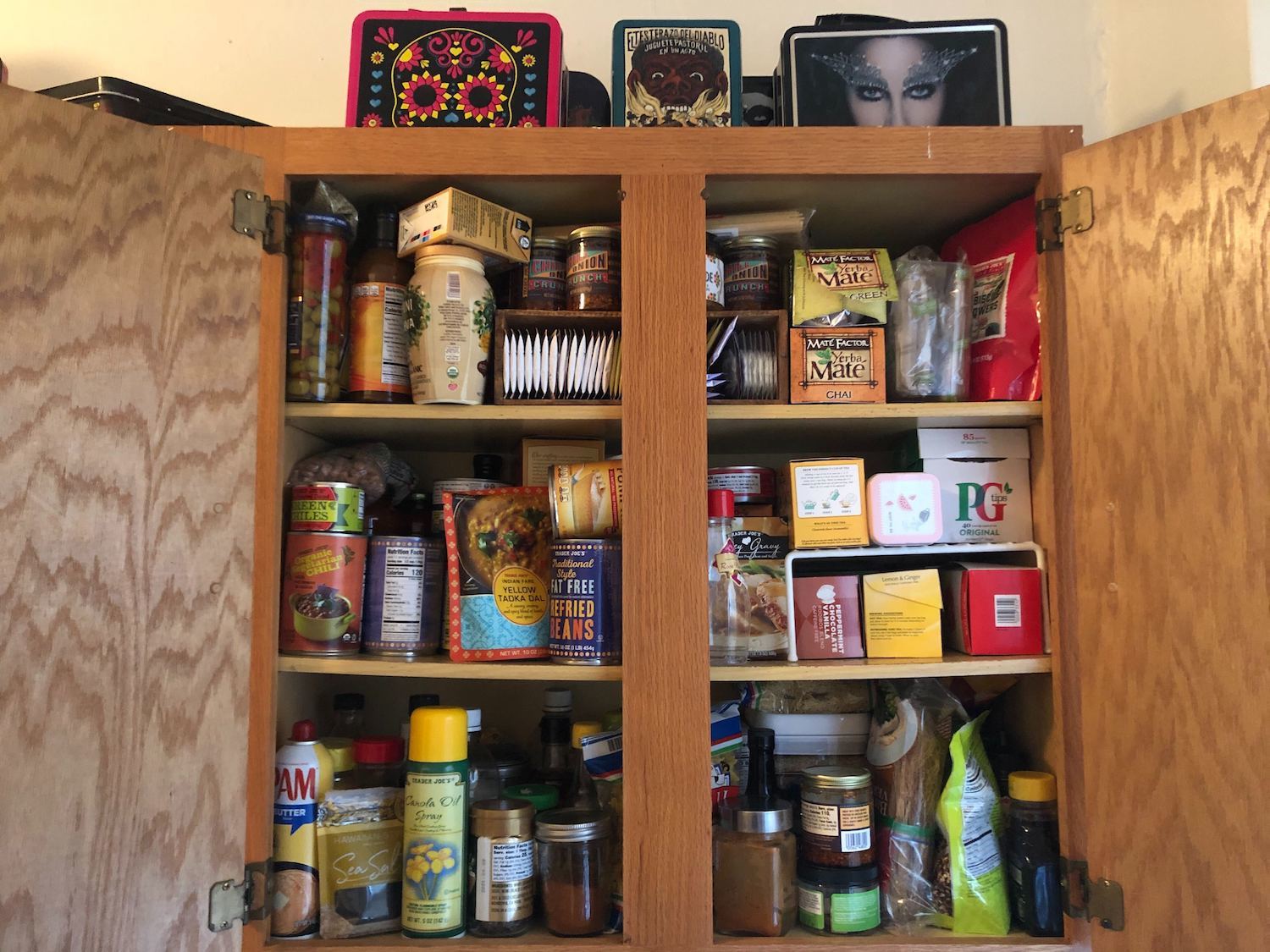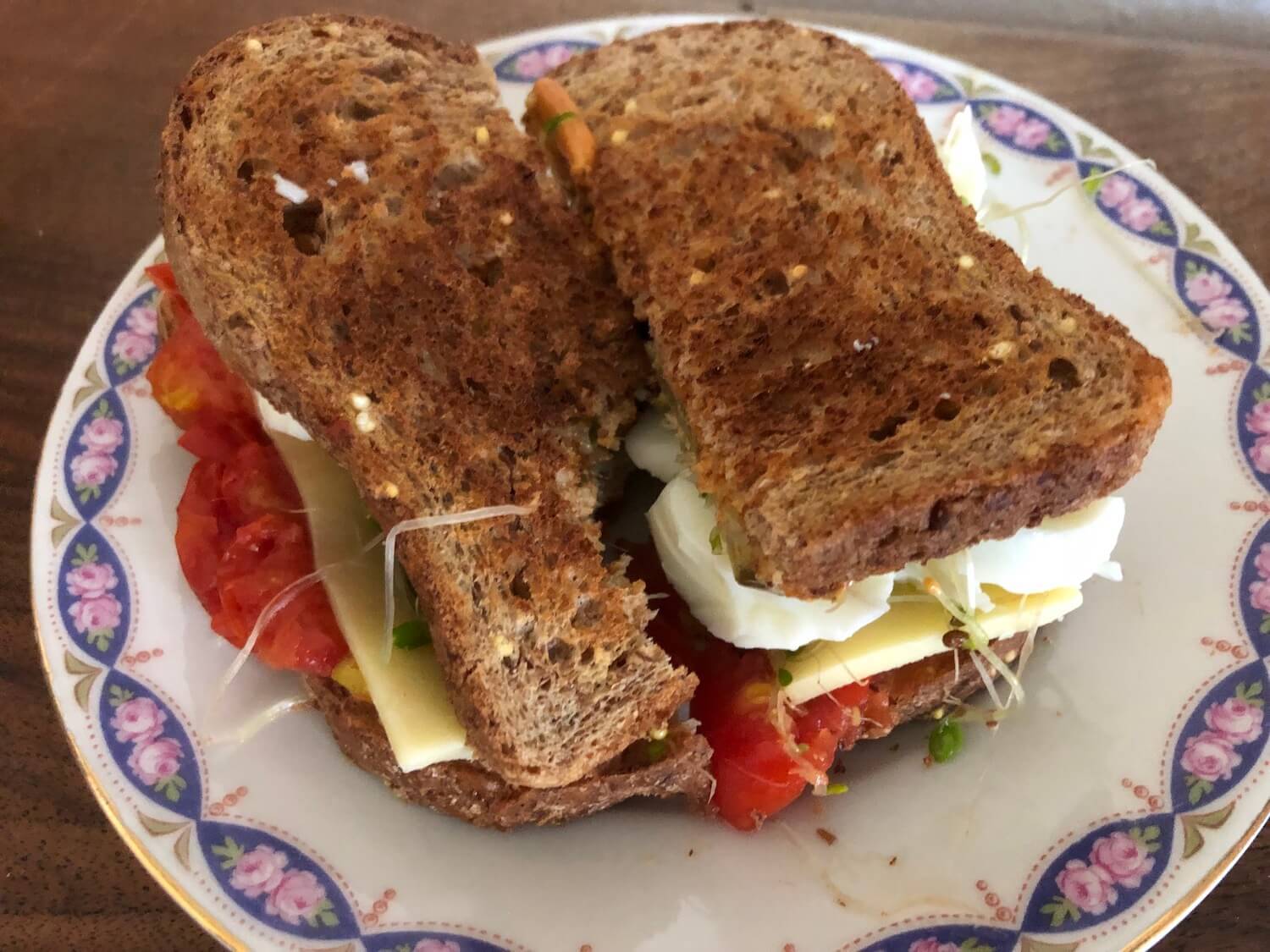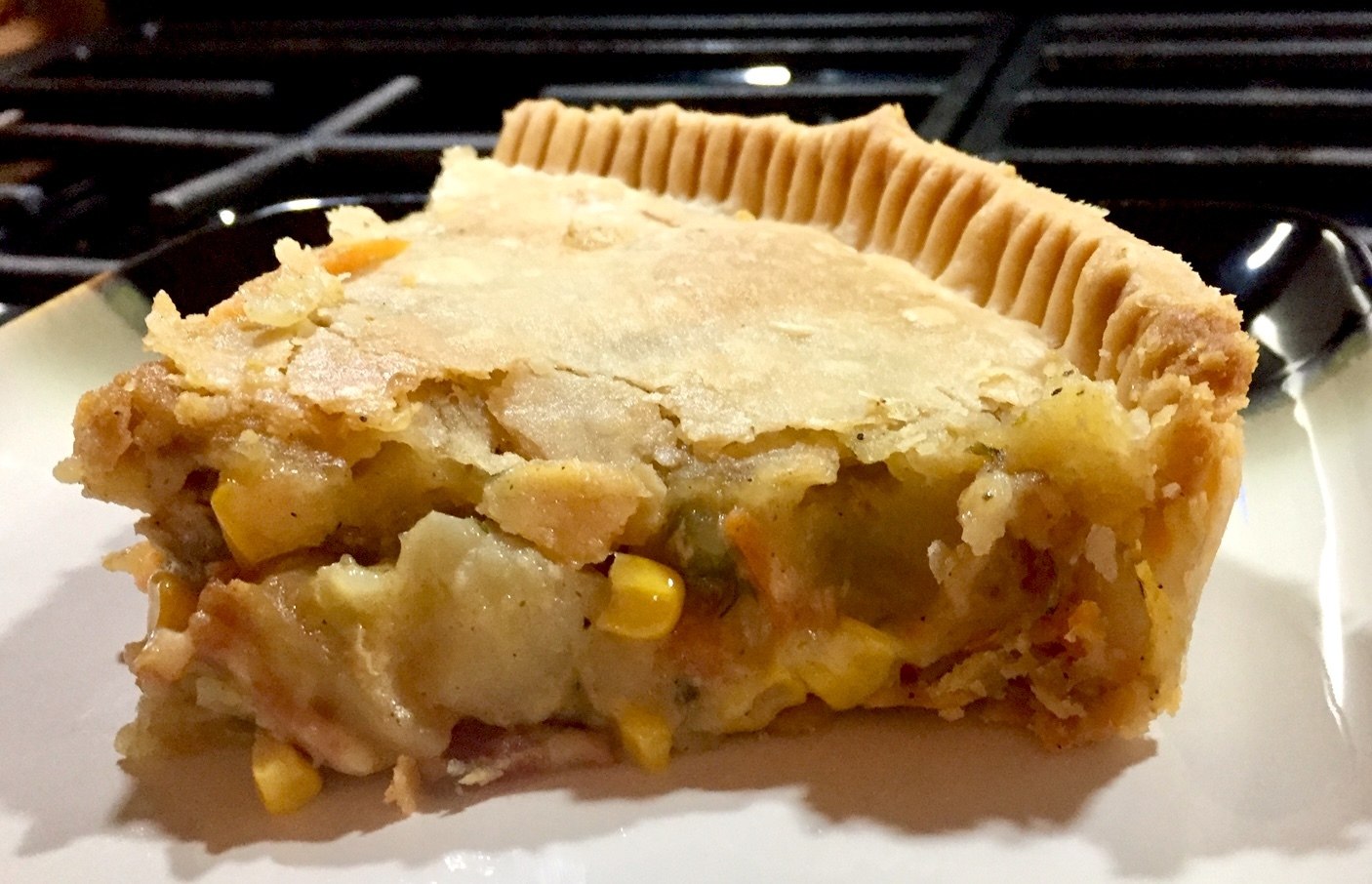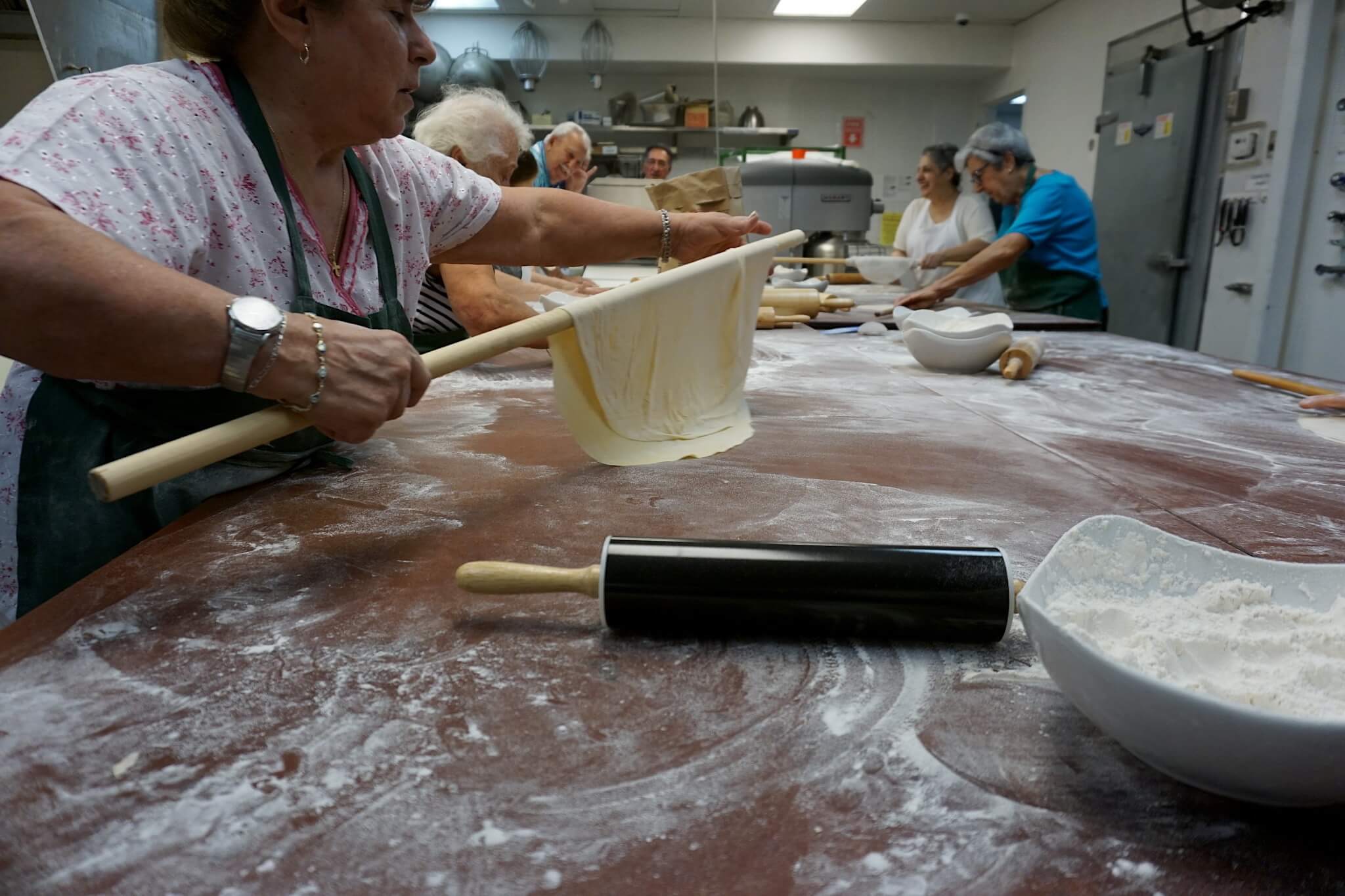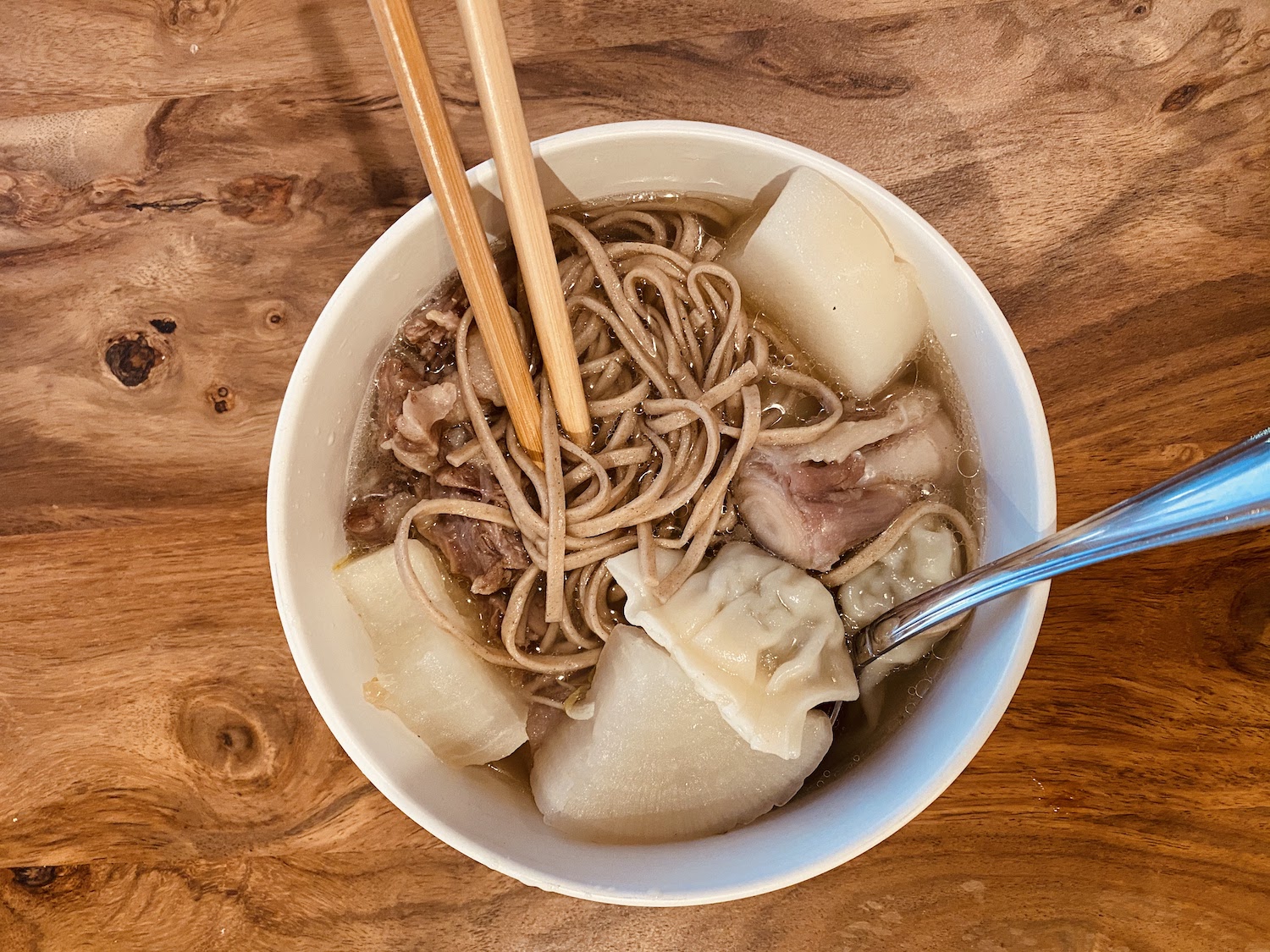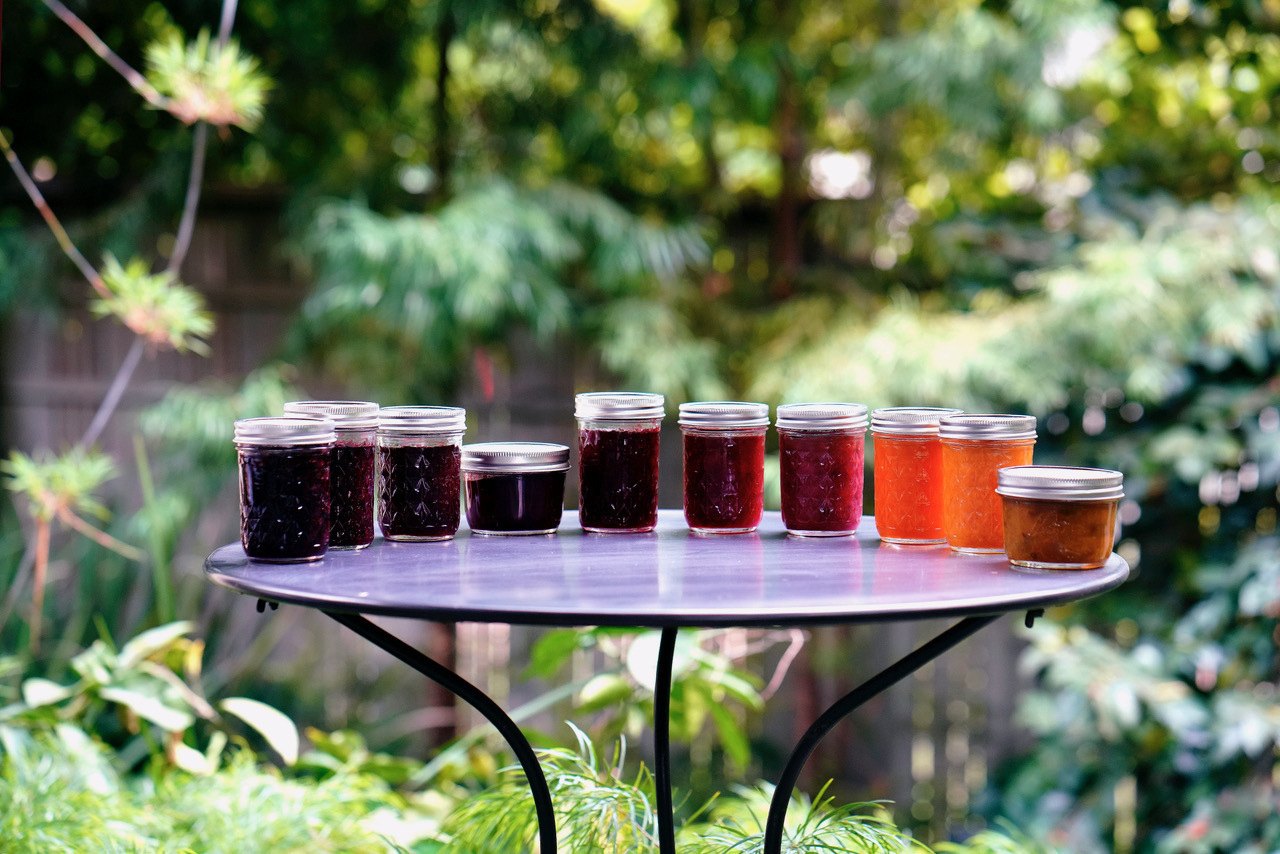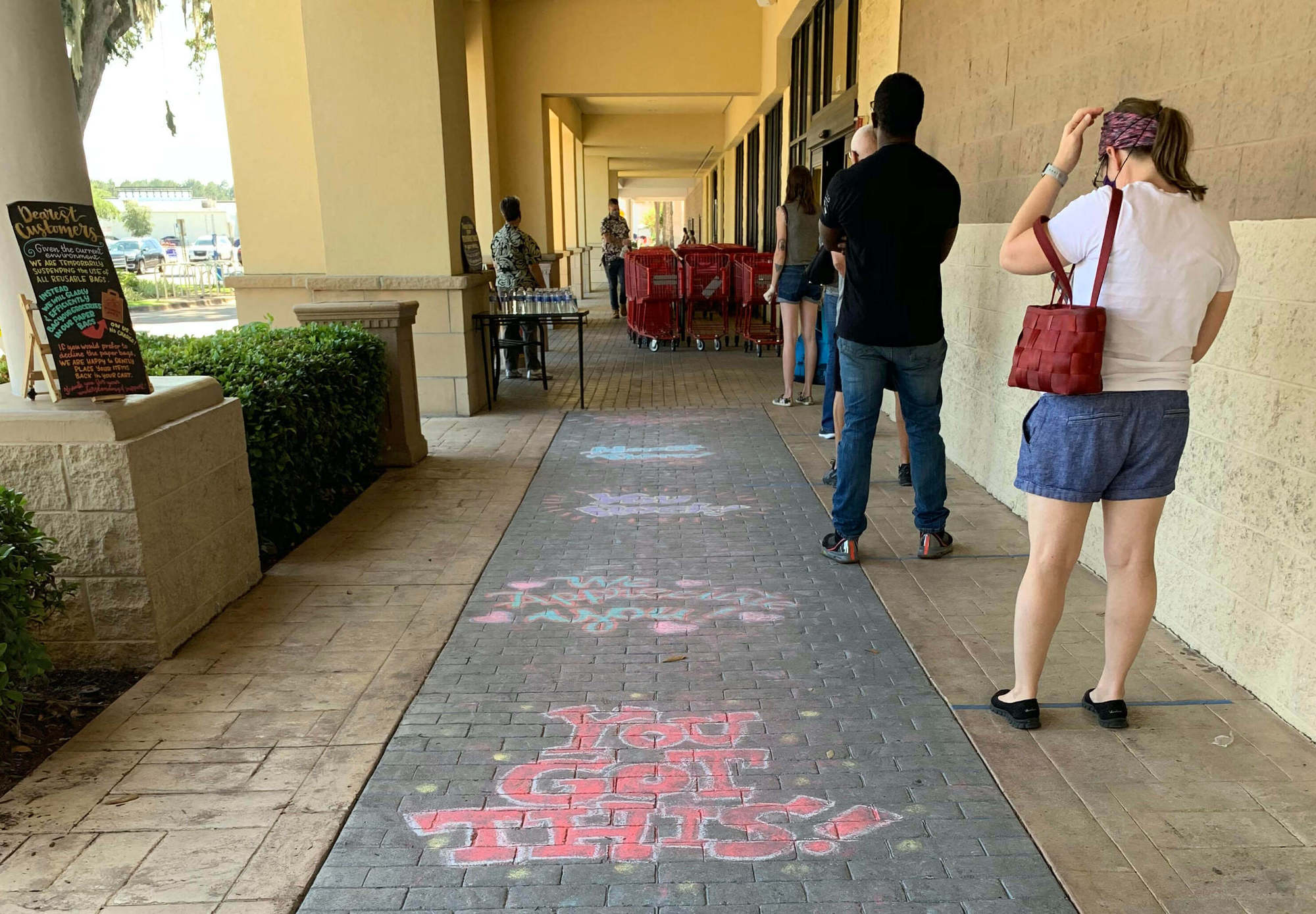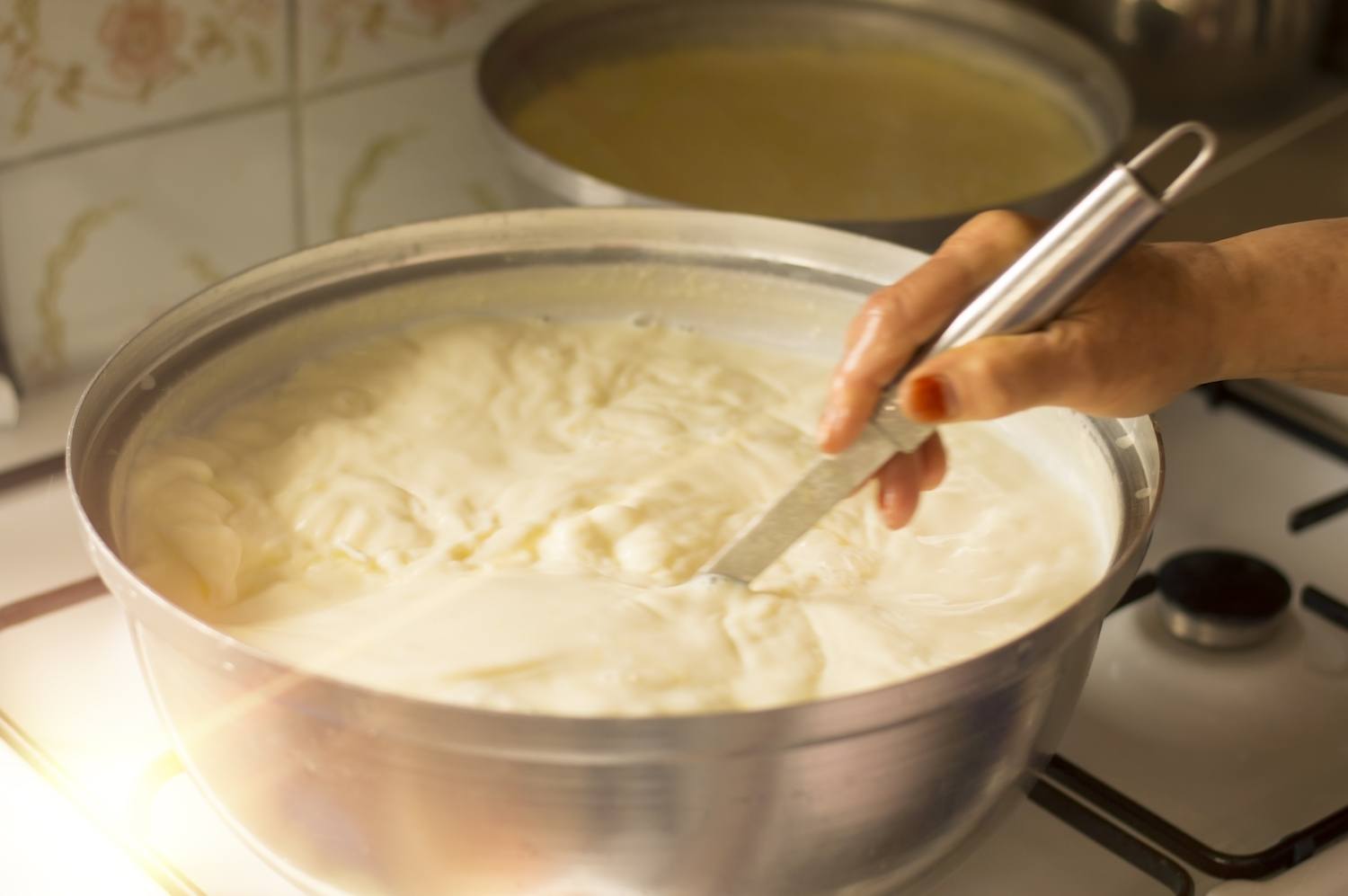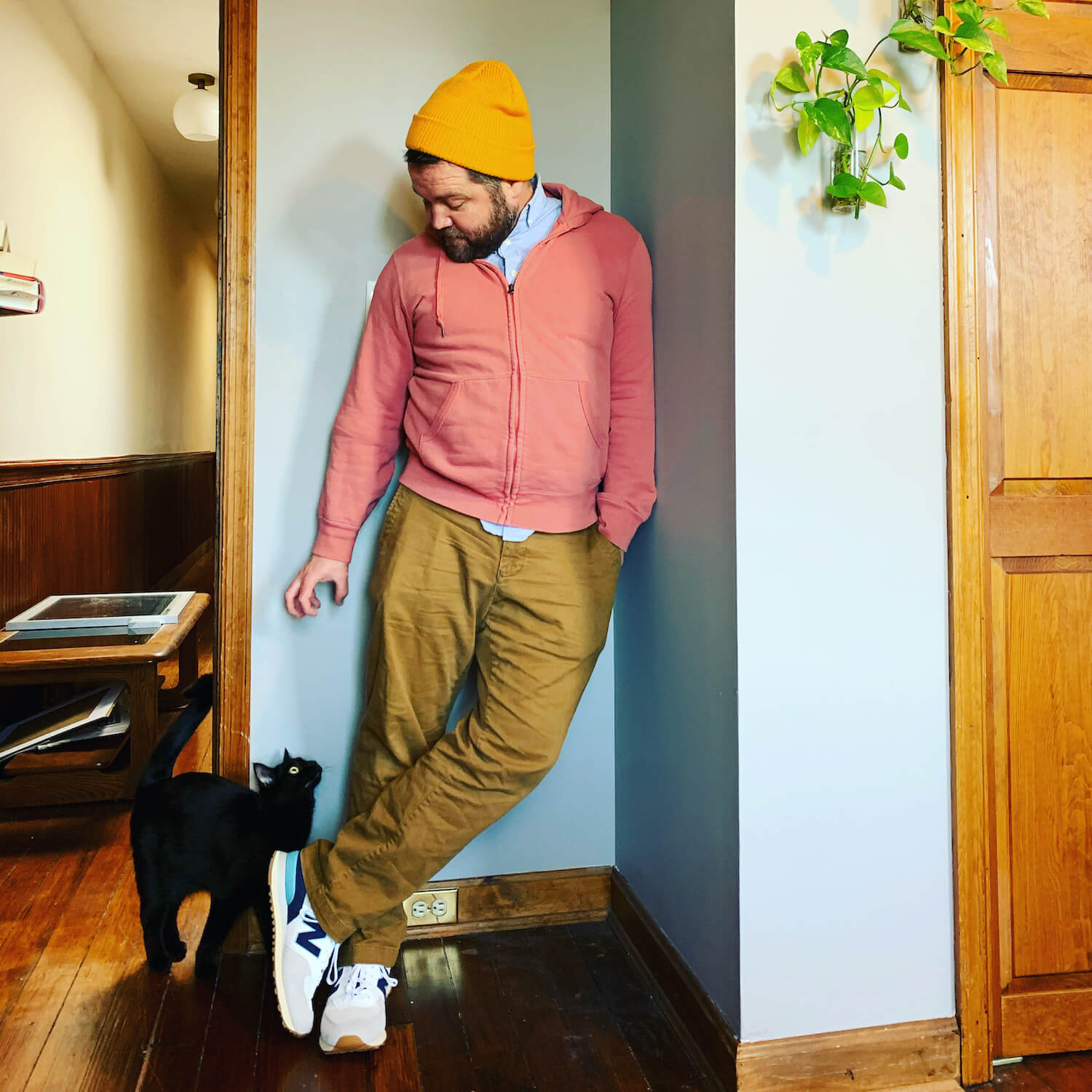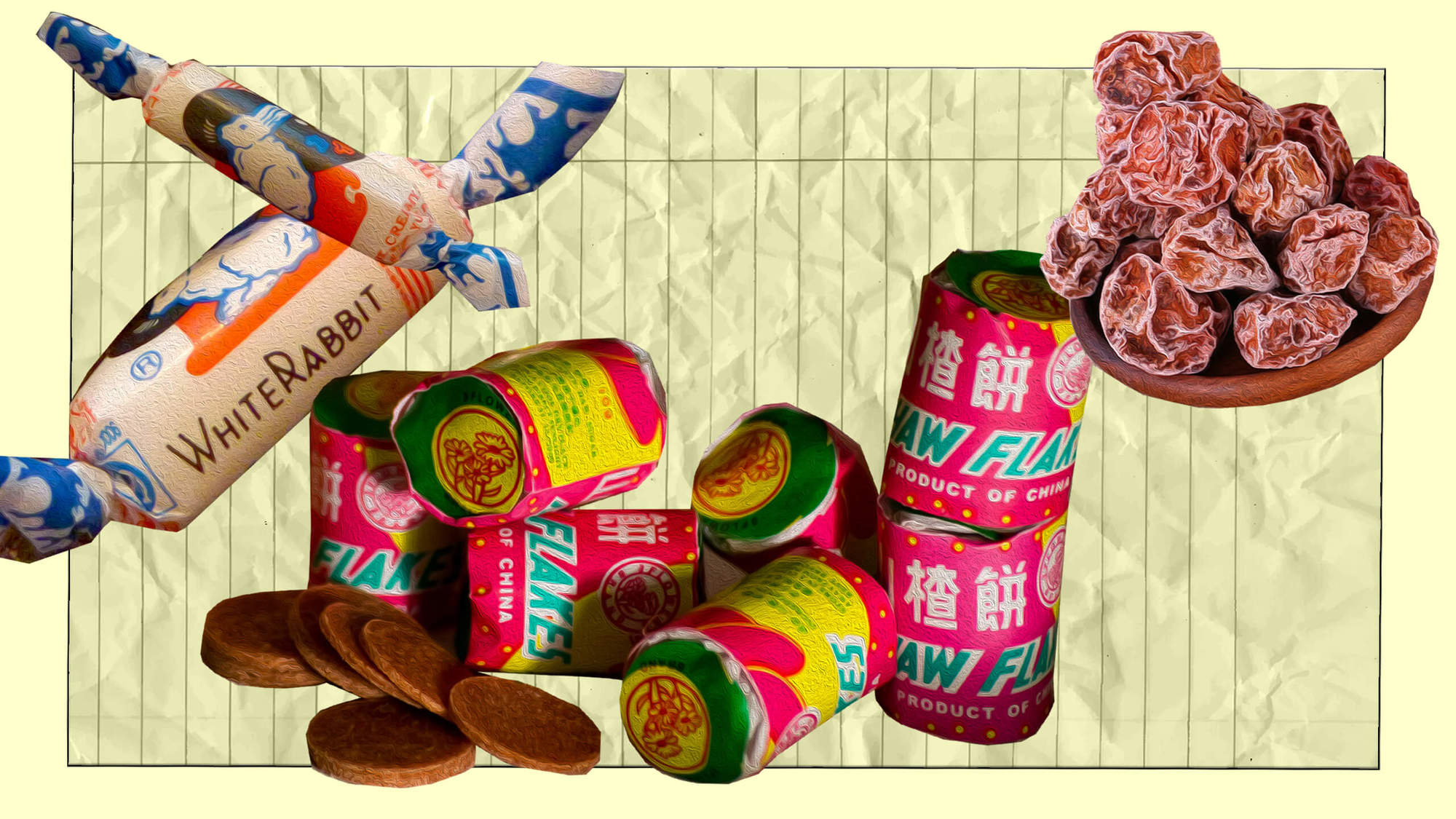
Flickr / joo0ey / Paul B Doherty | Graphic by Tricia Vuong
The pandemic has been filled with anxiety and uncertainty—many of us have used food nostalgia as a way to cope.
One month into the pandemic, I bought an 11-ounce bag of Easter-themed Reese’s peanut butter eggs at the drugstore after another unsuccessful hunt for hand sanitizer. This was out of character because I’m not a chocolate and candy person; I’d much rather snack on something salty and savory. But I grabbed the bag because it was in front of me, on clearance, and I didn’t want to leave empty-handed. The chocolate eggs sat uneaten in my cupboard until the summer, when I finally brought them to a socially distanced picnic.
“Really, Mike?” a friend observed. “Easter candy … in August?”
“I honestly can’t tell you why I bought them in the first place,” I started to explain. “I’m not really a sweets person.”
“Not even when you were a kid?”
When I recall the sweets of my childhood, I remember my father, a Vietnam War refugee and the cook in our family, going to a local Asian grocery store to buy whatever it was he needed to feed our family of five for the week and returning with an extra treat to give to my brothers and me.
The pandemic has been filled with anxiety and uncertainty, and many of us have used nostalgia as a way to cope with loneliness and fatigue.
“Pick a hand,” he’d say, putting out both fists. My father either didn’t quite understand the game or didn’t want any of us to walk away empty-handed because he always had something in both hands.
Every little treat was an education. American candy seemed easy to decipher because it was invariably multicolored and tasted of artificial sugar. I remember one of my grade school friends introducing me to “Fun Dip,” a type of candy manufactured by the Willy Wonka Candy Company, that I ate by scooping up colored sugar from a packet using a sugar stick and sucking on it until it all dissolved. The sugar stick was also meant to be eaten, but I found it to be chalky and unappealing. The ’80s were a much more carefree time; given everything we know about sugar now, I would absolutely not give this to a child today.
The sweets from the Asian grocery store seemed much different. One of my favorites was called “White Rabbit” which looked like a white Tootsie Roll, but was wrapped in a translucent, edible rice paper and had a satisfying sweet milky flavor. Another memorable treat was “Haw Flakes,” dark pink sweet discs made from Chinese hawthorns that tasted like fruit leather, except they had a crumbly texture. Hawthorns are viewed as medicinal in China, able to settle upset stomachs and cure bruises. I was the kind of child who would slip a Haw Flake disc in my mouth and then make the sign of the cross because it reminded me of taking communion in church.
My absolute favorite treat was xí muội, Vietnamese preserved plums the size of marbles that were simultaneously salty, sour, and sweet. They were sometimes covered in a red dye that would stain my fingers while I nibbled at them. Their unique flavor was also used in a refreshing drink simply called soda xí muội — a mix of sugar, soda water, and two or three of the preserved plums topped with ice. It was my drink of choice during the rare occasions that my parents took us out to a restaurant to eat cơm tấm, a popular Vietnamese rice dish usually served with grilled pork and a fish sauce vinaigrette.
Something about being able to use my mother tongue with another person face-to-face was so warming that I hadn’t realized how much I needed to do it.
The pandemic has been filled with anxiety and uncertainty, and many of us have used nostalgia as a way to cope with loneliness and fatigue. We’re watching reruns of “The West Wing” and “Moesha,” and, of course, we’re turning to food for comfort. It had been more than 20 years since I had any of these childhood sweets, so I decided to go looking for them.
My hunt took me to Tan Tin Hung Supermarket, which was located on Bowery on the edge of Manhattan’s Chinatown. I found everything I was looking for and also picked up a canister of Trung Nguyen brand coffee and a small metal filter to make Vietnamese iced coffee. I also got to speak briefly with the cashier in Vietnamese — just a “Hello, auntie, are you well? Thank you so much” — but something about being able to use my mother tongue with another person face-to-face was so warming that I hadn’t realized how much I needed to do it.
Back at my apartment, I slipped a xí muội into my mouth and felt that pleasant puckering sensation as the sour-salty-sweet flavor hit my tongue. I chased it with a piece of milky White Rabbit candy. The treats were exactly as I remembered them, a small reminder of home. They sat in my cupboard for a week, and then they were gone.
